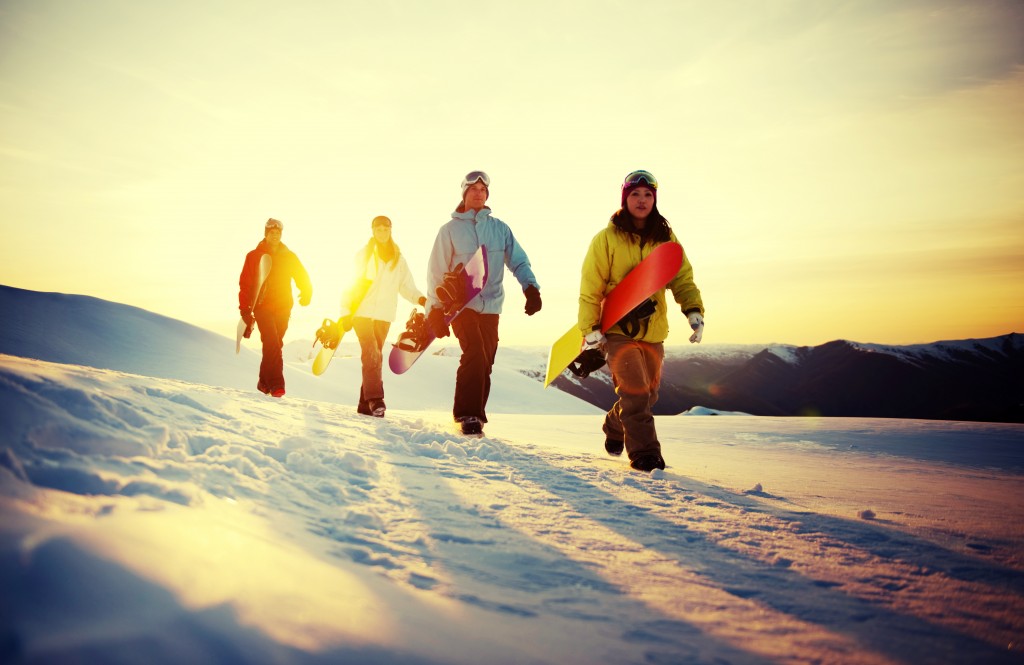Going on an extreme adventure is not for the weak of heart–and it’s not for the physically deconditioned either. If you’ve spent weeks or months living a sedentary lifestyle because of the quarantine (or other reasons), you have to physically and mentally condition yourself before embarking on your next big adventure.
Whether you’re joining a Zion ATV adventure tour or biking across challenging terrain in the mountains, here are some useful tips on how to get your mind and body ready for the demands of extreme adventure.
1. Start exercising again
The first thing that you have to do to prepare for an extreme adventure is to start getting physically active again. If you’ve kept up with your normal exercise routine in the past few months, then that’s good. However, if you haven’t been exercising as much or haven’t been exercising at all, physical conditioning is extremely important before embarking on anything strenuous. The last thing you want is to get a sudden leg cramp or worse–injure yourself during your trip.
The key is to start slow. If you’re starting from zero, begin by getting light cardio for at least an hour four to five days a week. From there, increase the duration or intensity of your exercise every week. You can incorporate strength training once you’ve awoken your muscles from slumber. If you go to a gym, inform your trainer of your extreme adventure plans so that they can tailor-fit your workout to the demands of the activities you’re planning to do. For example, if you are going wild river rafting, they can amp up your arm workouts to increase the muscle strength in your arms and make it easier for you to use the oars.
If you’re going biking or swimming, you have to practice with the real deal. For instance, you can hop on your bike and cycle a couple of times a day to build up your leg muscles. If you’re planning to do a lot of swimming, it’s a good idea to practice your strokes and holding your breath in a community pool or an indoor pool facility.

2. Aim to lose weight
If you’ve put on a few pounds that are making it harder for you to move around, it’s a good idea to shed some weight before the trip. Aside from making movement easier, the process of losing weight will also build up your muscles and increase your endurance. That said, aim to lose the excess weight when physically conditioning for your trip. However, keep your weight loss at the safe rate of only a pound or two a week. Hence, if you are ten pounds overweight (or over your target weight), start your weight loss routine at least five weeks before your trip.
3. Eat healthier
Another habit that comes with a sedentary lifestyle is failing to eat a balanced diet. While there’s nothing wrong with indulging in not-so-healthy foods, it becomes a problem when you’re eating junk food or drinking soda almost every day.
If you’re guilty of this habit, it’s time to kick it to the curb, especially now that you’re preparing for an extreme adventure. Eat with the goal of fueling your body, and don’t starve yourself for the sake of losing weight or ‘conditioning’. Fill your diet with healthy foods like whole grains, fruits, vegetables, lean meats, low-fat dairy, nuts, and legumes–or in short, foods that will give you long-lasting energy and essential nutrients in balanced portions.
If you have trouble planning a balanced diet that is right for your weight, stature, and personal health goals, consult with a licensed nutritionist or your doctor.
4. Get a check-up
Many extreme adventurers or athletes often overlook the importance of getting a check-up before a trip. Going to your doctor is imperative to find out if you have anything that needs special attention before doing extreme activities. If you already have existing medical conditions, this is especially crucial.
Go in for a complete physical check-up to ensure that you have a clean bill of health before booking your extreme adventure. Keep in mind that an ounce of prevention is better than a pound of cure, and you definitely don’t want to end up in the hospital in the middle of your much-awaited trip.
Physical conditioning is a crucial step before partaking in any extreme sport or adventure. If you are already planning a trip but have been sedentary for quite a while now, use these strategies to get your body up and running again for the activities that you plan to do. Aside from avoiding injuries, doing this will also ensure that you make the most out of your trip.

